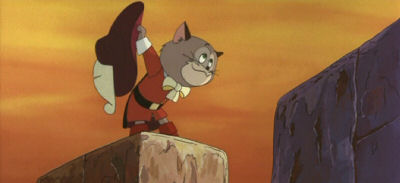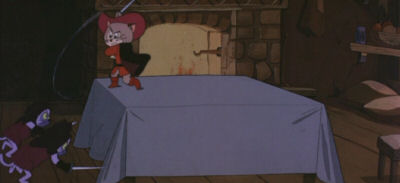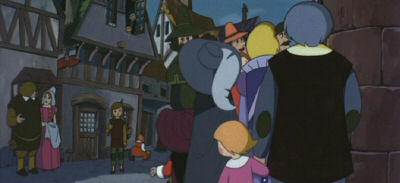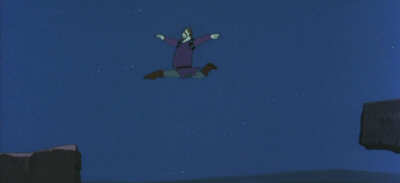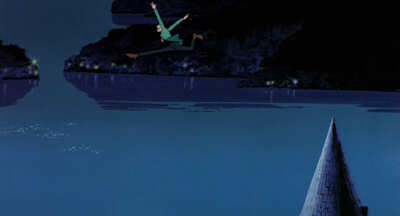According to the official Toei website, this series will coincide with the hotly anticipated daytime drama series, "Natsuzora," a retelling of the animation studio's early days. All of the characters are based on real Toei alumni, including Reiko Okuyama, Yoichi Kotabe, Yasuo Otsuka, Akemi Ota, Michiyo Yasuda, Isao Takahata and Hayao Miyazaki. The drama will appear on the NHK network, which many Studio Ghibli fans will recognize.
In addition to their animated features, Toei will broadcast a 1959 documentary about the making of the studio's second feature, Shonen Sarutobe Sasuke. It should prove to be an invaluable document of the era, even though its portrayal of the making of an animated movie will most likely be itself carefully staged. Hopefully, we will catch a glimpse of a very young Isao Takahata, who worked on the film as assistant director.
Best of all (for me) will be the premier of a new documentary program on Horus, Prince of the Sun that features interviews with the artists and animators, a look at production artwork and more. I do hope the show's creators were able to speak to Paku-san while he was still alive. I would hope that there are some new discoveries to be made about this anime masterpiece. I shared pretty much everything I know for the BD audio commentary track, as well as the supplemental essays and production gallery (and, by the way, you're freaking welcome).
For those of us in the West, the most exciting prospect of these 4K restorations is the possibility of new home video releases on Blu-Ray or Ultra Blu-Ray. Of the classic Toei Doga library, only a handful of films have been released in Europe and America, and continuing rights issues over the domestic (dubbed) versions may complicate matters. As always, such matters can be solved by writing a lot of checks, but the limited appeal of classic Japanese animation may stop such plans cold.
In Japan, the only Toei Doga anime film to be released on Blu-Ray was Horus, Prince of the Sun (which was also released here). Everything else was released on DVD, but nearly all of those titles were simple transfers from LaserDisc. Most of the DVDs were given English fan translations some years ago, but it's nearly impossible to find any of those movies online today.
Needless to say, now would be a terrific time for Discotek or GKIDS to pick up these movies for a US release. Start your email and letter campaigns immediately, kids. Christmas is only three months away.







































